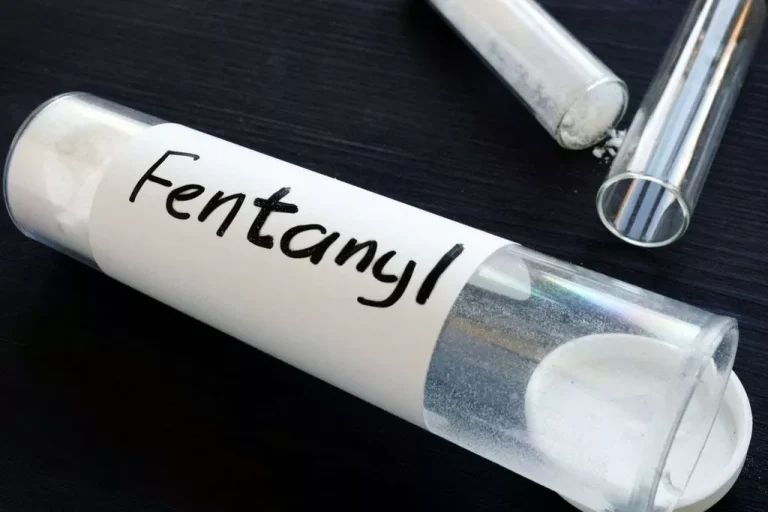Treatment for Alcohol Problems: Finding and Getting Help National Institute on Alcohol Abuse and Alcoholism NIAAA

The chance of developing any health problem is related to the genetic code we are born with. Just like some people have a greater risk of developing cardiovascular disease or cancer, others have a greater risk of developing an alcohol use disorder. Alcohol Use Disorder is a pattern of disordered drinking that leads to significant distress. It can involve withdrawal can alcoholism be cured symptoms, disruption of daily tasks, discord in relationships, and risky decisions that place oneself or others in danger. About 15 million American adults and 400,000 adolescents suffer from alcohol use disorder, according to the National Institute on Alcohol Abuse and Alcoholism. But treatment and support are available to help those suffering begin to heal.

Alcohol Addiction Treatment Types

Many people with AUD do recover, but setbacks are common among people in treatment. Seeking professional help early can prevent a return to drinking. Behavioral therapies can help people develop skills to avoid and overcome triggers, such as stress, that might lead to drinking. Medications also can help deter drinking during times when individuals may be at greater risk of a return to drinking (e.g., divorce, death of a family member). If you think you may have alcohol use disorder, you’re not alone.
Lifestyle and home remedies
For men, this low-risk range is defined as no more than 4 drinks on a given day and no more than 14 per week. Provides phone numbers of local NCADD Affiliates (who can provide information on local treatment resources) via the above toll-free, 24-hour HOPE LINE. By Buddy TBuddy T is a writer and founding member of the Online https://ecosoberhouse.com/ Al-Anon Outreach Committee with decades of experience writing about alcoholism. Because he is a member of a support group that stresses the importance of anonymity at the public level, he does not use his photograph or his real name on this website. You also shouldn’t expect hypnosis to miraculously cure alcoholism.
- AUD is characterized by an impaired ability to stop or control alcohol use despite adverse social, occupational, or health consequences.
- However, even with this great accomplishment, it’s also important to remember that this is just the beginning.
- Alcoholics Anonymous (AA) or other 12-step programs can offer that social support.
- This article discusses alcohol use disorder symptoms and strategies for treatment and intervention.
Medications
In fact, there are many treatment options available thanks to significant advances in medical and behavioral research over the past decades. Like many other substance use disorders, alcohol use disorder is a chronic and sometimes relapsing condition that reflects changes in the brain. This means that when people with the disorder are abstaining from alcohol, they are still at increased risk of resuming unhealthy alcohol consumption, even if years have passed since their last drink. Relapses are very common, especially in the first year of sobriety. Slips can be fueled by withdrawal symptoms, mental health challenges, and drug-related cues, such as spending time with old drinking partners or visiting old drinking locations. A medically managed detox conducted at an addiction treatment center or hospital offers services and medications that may minimize withdrawal symptoms and reduce the risk of relapse during detox.
- In addition to getting professional treatment and support, there are things that you can do to help feel better and improve your chances of recovery.
- “Alcohol misuse,” “someone with an alcohol use disorder,” and “rhinophyma” are more current and less stigmatizing terms.
- Your provider may also be able to suggest an online self-guided program.
- People with an addiction often develop rigid routines that revolve around uninterrupted access to alcohol and other drugs; they may be irritated by schedule changes and blame their frustration on others.
Since withdrawal symptoms tend to ebb and flow, you may be tempted to feel like you’re not making progress ― even though in reality, you’ve come a long way. While the abstinence stage of withdrawal causes mostly physical symptoms, post-acute withdrawal is very psychological and emotional. During this stage, most people focus their energy on coping with cravings and resisting the urge to drink. The abstinence stage typically begins right after you stop drinking.
- Some of these are inpatient or residential programs, where you stay at a treatment center for a while.
- Examples include Alcoholics Anonymous, SMART Recovery, and other programs.
- Alcohol-free cocktails and beer, along with cannabis-infused beverages, are gaining users.
- These advances could optimize how treatment decisions are made in the future.
- While the abstinence stage of withdrawal causes mostly physical symptoms, post-acute withdrawal is very psychological and emotional.
- For serious alcohol use disorder, you may need a stay at a residential treatment facility.
Respiratory health harms often follow flooding: Taking these steps can help

How do trees and green spaces enhance our health?




















Comments are Disabled